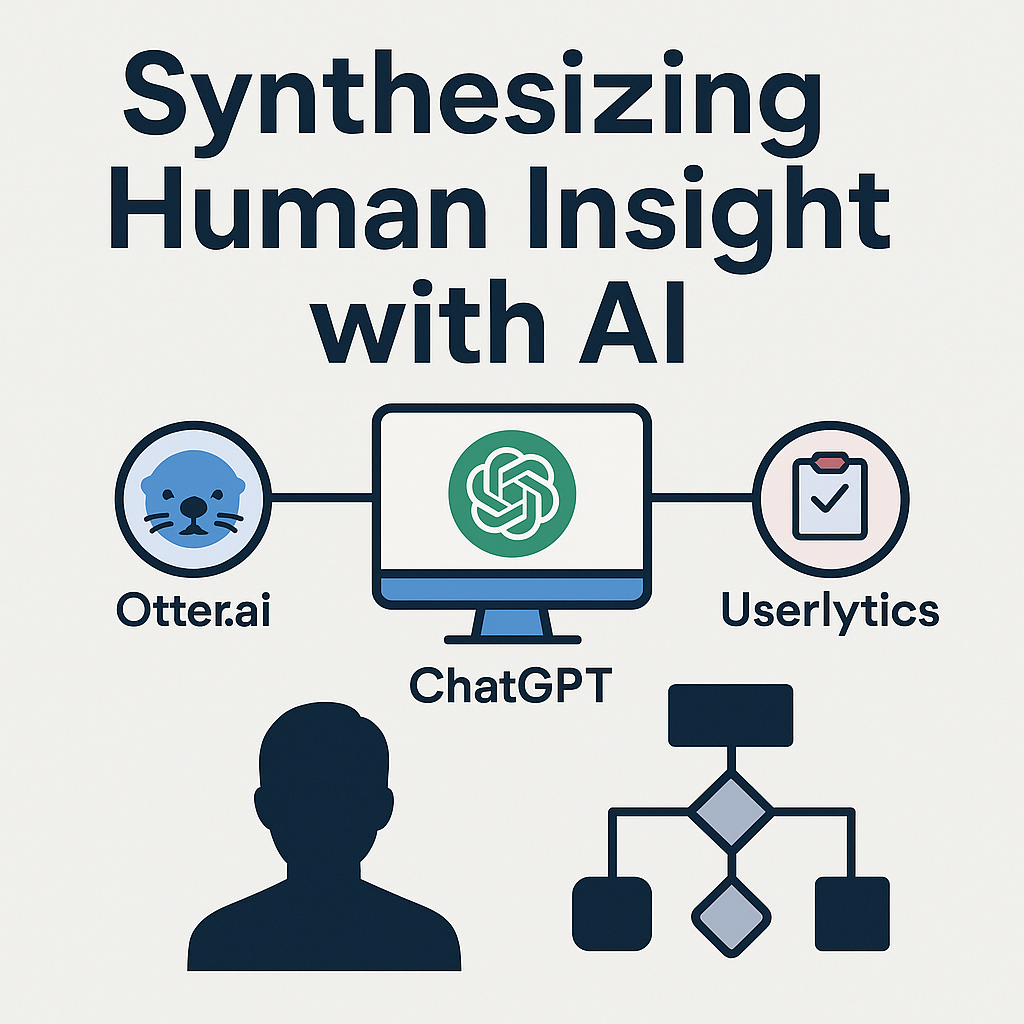Everyone keeps saying AI is the future of design.
That soon, we’ll just describe a screen, and poof — a polished interface will appear…
It’s a nice fantasy.

But anyone who’s actually designed something real — something that people have to use, trust, or care about — knows that design isn’t about generating boxes and buttons.
It’s about reading the room. It’s about the quiet signals between what people say and what they actually feel.
And that’s something AI still doesn’t have the faintest clue about.
The AI Hype Machine
Every few months, another “revolutionary” AI tool drops promising to replace your creative team. Figma Make, Galileo AI, ChatGPT plug-ins — all claiming they can design faster, smarter, better.
Let’s be honest: what they really do is fill the screen with average-looking layouts that feel like they came out of a design system generator. They’re fine for getting unstuck or sketching a concept, but not for creating anything meaningful.
AI design isn’t creativity — it’s autocomplete with better lighting.
We’ve seen this before. When templates became popular, everything started looking the same. When design systems took over, creativity got boxed into uniformity. AI just speeds up that sameness and sells it back to us as innovation.
The thing no one likes to admit is that AI doesn’t know what “good” looks like — it only knows what’s common.
It mimics patterns because it’s trained on patterns. It can produce fifty dashboard layouts in a second, but not one of them will have soul.
Real design isn’t about averages. It’s about taste.
Taste comes from time, mistakes, observation, and a weird kind of intuition that you can’t quantify.
Ask an experienced designer why they made a certain spacing choice, and half the time they’ll shrug and say, “It just feels right.”
That’s not laziness — that’s expertise.
AI doesn’t feel right or wrong. It just feels automated.
Where It Actually Fails
I’ve used every one of these tools. They’re fun until you realize you spend more time fixing what they produce than if you had just started from scratch. AI doesn’t understand hierarchy. It doesn’t understand rhythm. It doesn’t know when a layout needs tension or when it should breathe. It doesn’t know when something feels human. It’s like working with an intern who never learned how to read the room. You give them instructions, they follow them perfectly, but somehow, it’s still off.
Humans Are Messy — and That’s the Point
Design isn’t clean. It’s trial and error, intuition, and emotional reading. The best ideas come out of messy brainstorming sessions, awkward silences, and gut reactions.
When I built the UX team at ZenKey, we spent hours just talking through why something wasn’t clicking. There was no algorithmic shortcut for that. It took empathy, disagreement, and the occasional “I don’t know, it just feels wrong.”
And that’s where the magic happens — in the fuzziness that AI doesn’t get.
The Automation Illusion
AI doesn’t free you from work. It just moves the work around. You spend less time drawing boxes and more time untangling generic layouts that all look like early 2010s SaaS dashboards. It’s supposed to “accelerate creativity,” but it actually dilutes it. When everyone’s pulling from the same model trained on the same data, everything converges into the same bland middle. The irony? We’re automating ourselves into mediocrity.
What AI Can’t Do (and Probably Never Will)
AI can’t empathize with the person struggling to reset a password at midnight. It can’t sense that a tone of voice sounds condescending when you’re anxious. It can’t decide when to break a rule because the user’s situation demands it. Those are judgment calls — and judgment is human. Design isn’t just making things look good or function correctly. It’s understanding what people are trying to accomplish and what emotional baggage they bring with them when they do it. You can’t train a model on that.
The Role That Actually Matters
Designers shouldn’t be worried about AI taking their jobs. They should be worried about someone using AI taking their jobs. They should worry about forgetting why their jobs matter.
The role isn’t to push pixels faster — it’s to interpret context faster. To listen, sense, adapt.
If AI ever becomes part of your workflow, great. But don’t confuse productivity with progress. Let AI fill the whiteboard. You fill the meaning.
So what’s the Bottom Line??
AI isn’t the enemy. It’s just overrated. It’s great for automating drudgery, resizing assets, checking contrast, suggesting variations. But creativity? No. It’s just a copycat. Creativity comes from humans who argue, sense tension, and notice when something feels slightly off. Until AI can do that, the “AI Designer” will stay what it is now — a marketing fantasy.
One Last Thought
If design were a conversation, AI would be the person who repeats what everyone else already said — just louder and faster.
The rest of us? We’re still the ones with something new to say.
What say you?




0 Comments